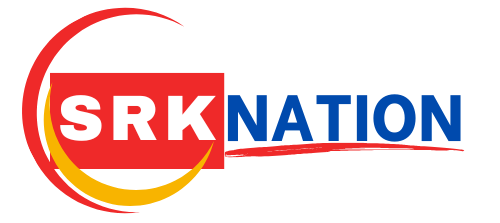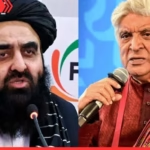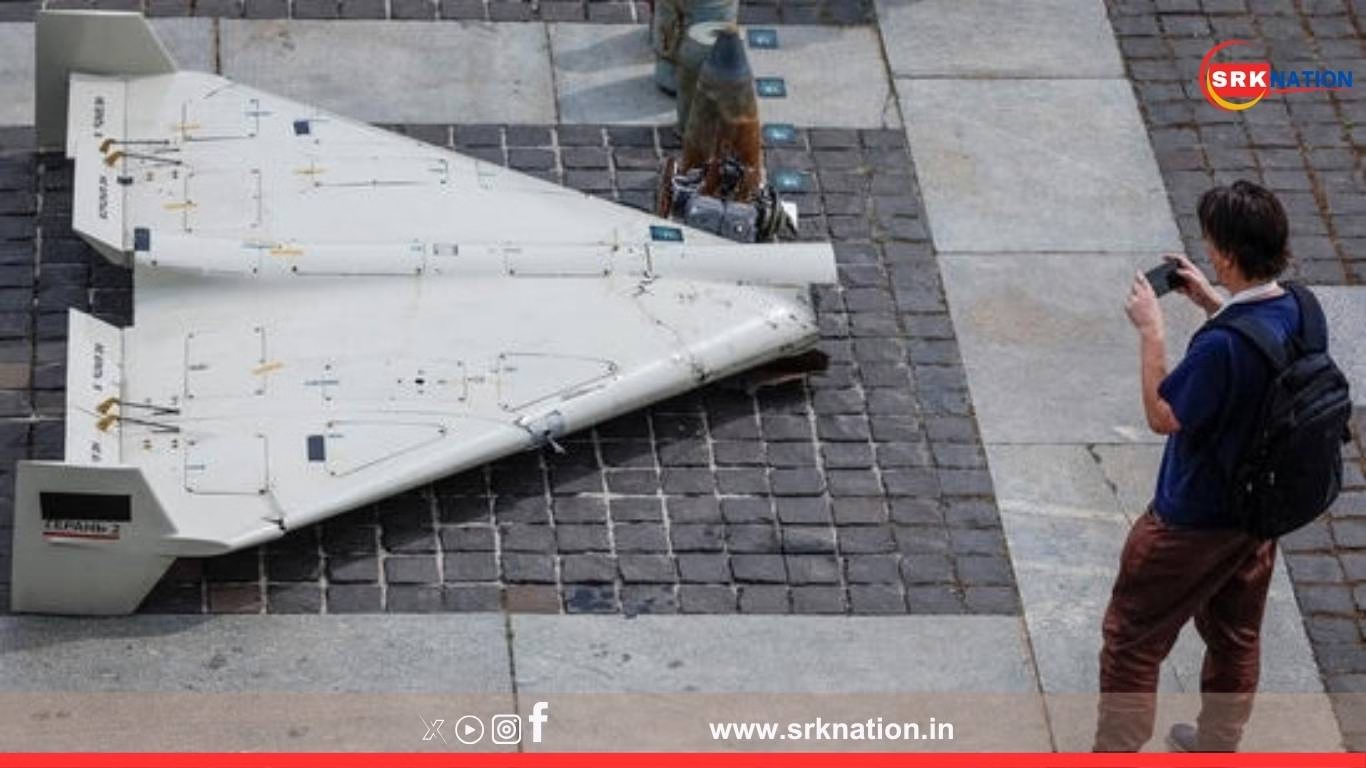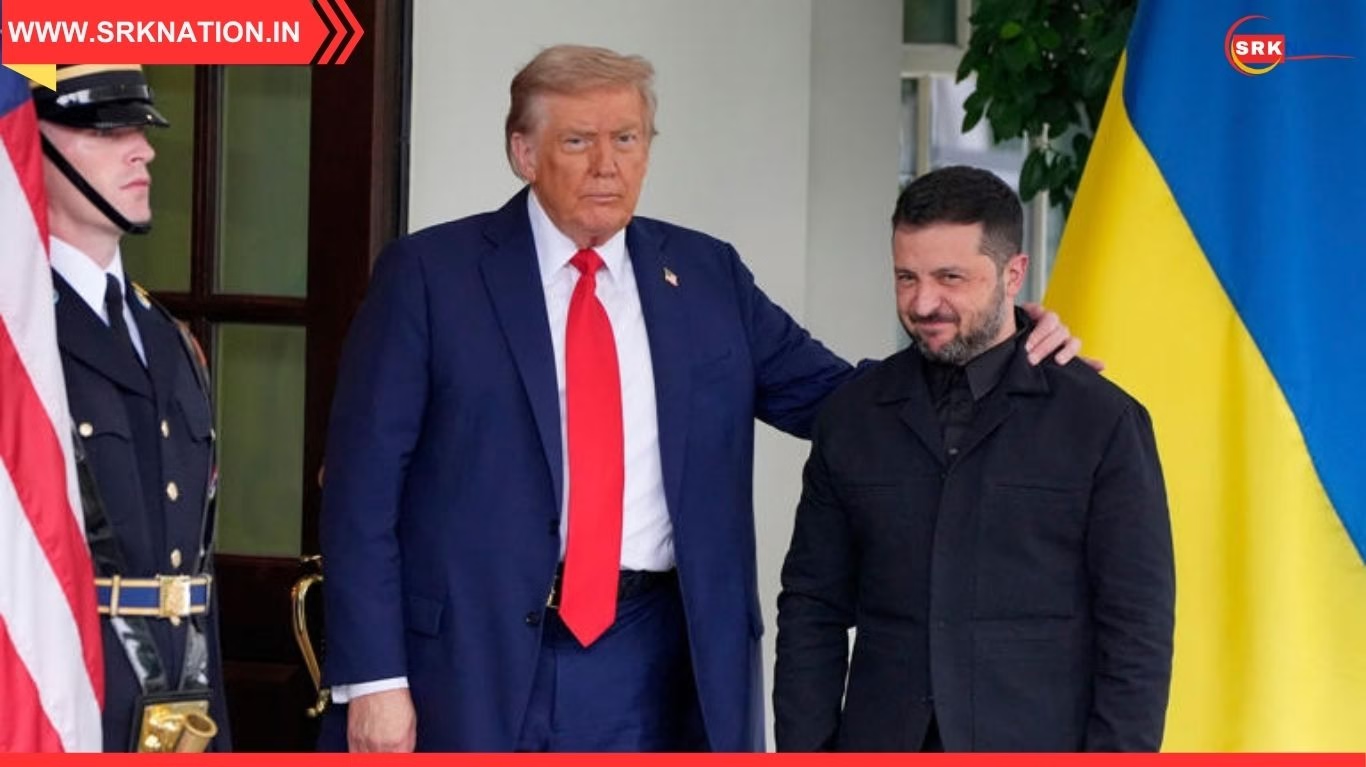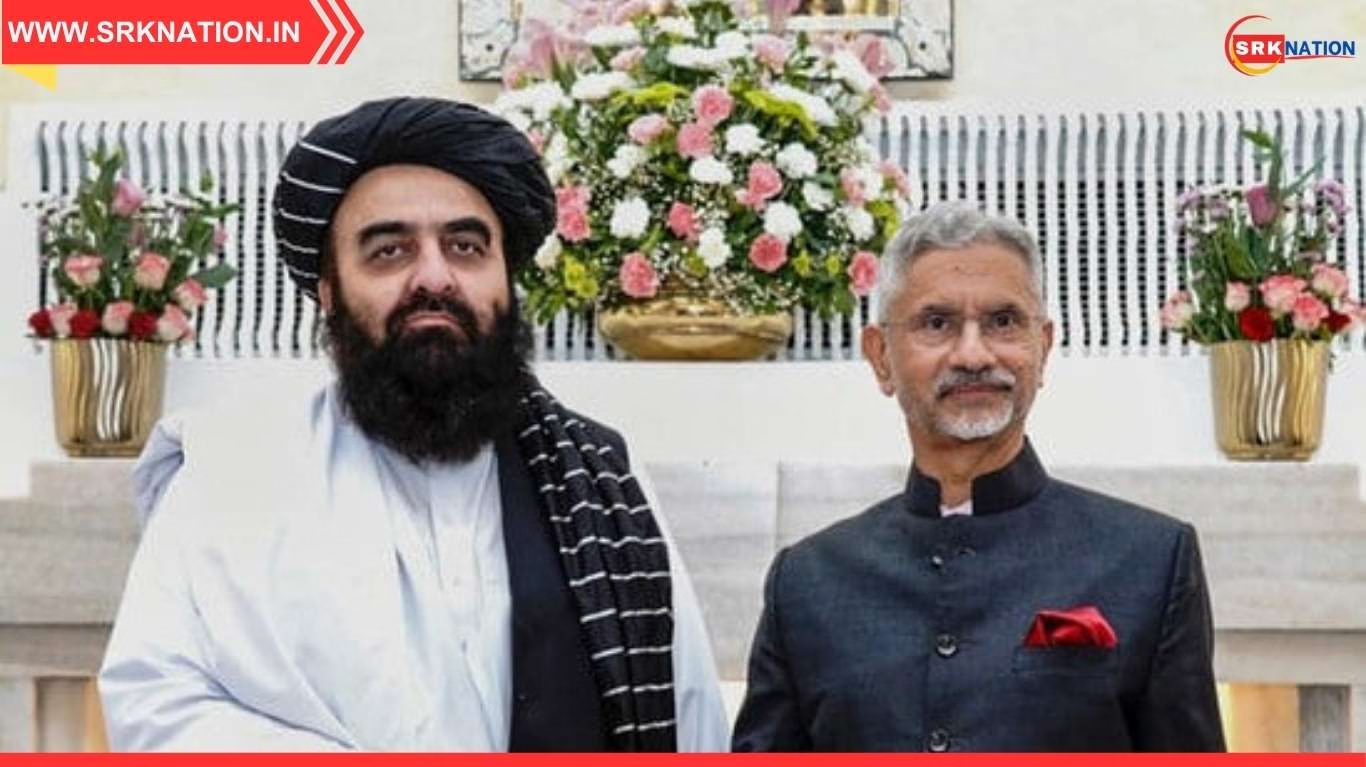In a development that has sparked significant geopolitical curiosity and concern, Ukraine has flagged the alleged presence of Indian-made components in drones reportedly used by Russian forces in the ongoing Russia-Ukraine war. Ukrainian officials have presented these findings as part of a broader investigation into the international supply chains that may inadvertently be aiding Russia’s military technology, despite global sanctions and restrictions aimed at curbing such activities.
This revelation has cast a spotlight on India’s rapidly growing electronics and component manufacturing industry, raising questions about the control mechanisms in place to ensure parts do not end up in global conflict zones. Indian authorities have yet to officially respond, but defense experts and diplomatic analysts warn that the issue could complicate India’s delicate balancing act in its relationship with both Russia and the West.
Key Details: Indian Parts Allegedly Found in Russian-Origin UAVs
Ukrainian authorities claim that components with identifiable Indian manufacturing origins were discovered in downed Russian drones, particularly in the popular Orlan-10 and Shahed variants used for surveillance and limited strike missions. These parts are believed to include microchips, voltage regulators, capacitors, printed circuit boards (PCBs), and communication modules.
According to Ukrainian defense sources, forensic analysis conducted on the recovered drone fragments has identified part numbers, serial codes, and manufacturer logos pointing to Indian suppliers, both domestic and through third-party aggregators.
| Drone Model | Alleged Indian Components Found | Usage by Russian Forces | Impact on Battlefield |
|---|---|---|---|
| Orlan-10 | GPS module, microcontroller, PCB | Surveillance, artillery targeting | Tactical advantage, precision |
| Shahed-136 | Voltage converter, battery management IC | Kamikaze-style strike missions | Medium-range targeting |
| Lancet UAV | Capacitors, sensor interface chips | Precision loitering munitions | High-value target destruction |
Ukrainian diplomats have reportedly shared these findings with international partners, including the EU and G7 nations, urging enhanced scrutiny of dual-use exports — particularly those originating from neutral or non-aligned countries.
India’s Position in the Global Supply Chain
India has rapidly emerged as a key player in the global electronics supply chain, thanks to initiatives like ‘Make in India’, and Production Linked Incentive (PLI) schemes. With thousands of small and medium enterprises (SMEs) involved in electronics manufacturing, tracking the end-user of exported components is often complex and riddled with logistical loopholes.
Experts suggest that Indian-origin components could have reached Russia through re-export from other countries, especially via the Middle East, Central Asia, and Southeast Asia, which have continued trade relations with Moscow despite Western sanctions.
“It’s not necessarily the case that Indian firms sold directly to Russia. Parts often pass through multiple hands, and in this case, they may have been diverted or misused down the line,” said a senior export compliance analyst.
Strategic and Diplomatic Implications
India has walked a neutral line in the Russia-Ukraine conflict, abstaining from UN resolutions against Russia while continuing strong trade ties, particularly in the defense and energy sectors. However, these recent allegations could invite pressure from the West, especially if they perceive India’s supply chains as unintentionally contributing to Moscow’s war efforts.
New Delhi has repeatedly emphasized its commitment to international law and responsible trade. Nonetheless, the need for stricter monitoring of exports — especially dual-use goods that have both civilian and military applications — is gaining traction.
Western governments may push for:
- Enhanced End-User Certification: Requiring Indian exporters to confirm final recipients.
- Stricter Compliance Audits: By Indian authorities and trade agencies.
- Sanctions Risk Assessment: For firms doing business in high-risk jurisdictions.
| Area of Concern | Implication for India | Suggested Action |
|---|---|---|
| Dual-use component export | Risk of unintentional military usage abroad | Tighten export control mechanisms |
| Diplomatic fallout | Western perception of aiding sanctioned entity indirectly | Strategic communication, transparency |
| Re-export loopholes | Lack of traceability in international supply chains | Engage with re-export countries |
| Compliance with global norms | India’s image as a responsible democratic supplier | Revise trade and customs frameworks |
Indian Government Likely to Investigate
Sources within the Indian Ministry of Commerce and Industry indicate that a preliminary inquiry may be launched to trace the origin and export path of the parts flagged by Ukraine. The Ministry of External Affairs is also expected to review the matter diplomatically, particularly as it could affect ongoing bilateral engagements with Europe and the United States.
Indian firms involved in electronics manufacturing have also begun internal reviews to determine whether any of their shipments could have been redirected to unauthorized users.
“No Indian company would deliberately support a war effort, but supply chains are complex. We will fully cooperate with authorities,” said a senior executive of a Noida-based electronics exporter.
Global Trends in Component Misuse
India is not the only country facing such challenges. Investigations in the past have revealed that components made in countries like China, South Korea, Germany, and even the U.S. have found their way into Russian military equipment, usually via third-party intermediaries or indirect exports through nations not bound by Western sanctions.
The war in Ukraine has underlined the pressing need for end-use verification mechanisms, especially for high-value or dual-use technology exports. Countries are now pushing for global export control harmonization, especially with respect to UAV and AI-integrated systems.
Potential Policy Changes India May Adopt
To maintain its strategic credibility and neutral positioning in global geopolitics, India is expected to consider the following steps:
- Digital Traceability of Components: Implementing blockchain or QR-based tracking of sensitive electronic parts.
- Expansion of the SCOMET List: India’s “Special Chemicals, Organisms, Materials, Equipment and Technologies” list may be updated to include more dual-use items.
- Public-Private Partnerships: Engaging manufacturers to develop standard protocols for buyer verification.
- Collaboration with G20 Partners: To improve information exchange on high-risk supply routes.
| Proposed Measure | Expected Benefit |
|---|---|
| QR-code-based component tracking | Increased accountability across export chains |
| End-user digital registry | Easier monitoring and enforcement |
| Expanded SCOMET compliance | Legal safeguard against diversion |
| Global supplier certification | Enhances India’s image in global defense trade |
A Wake-up Call for Manufacturers
This incident serves as a critical reminder to Indian manufacturers to be vigilant about where their products eventually land. While the focus has largely been on large-scale defense exports, the role of seemingly benign components such as chips and circuit boards is now under intense international scrutiny.
Many experts argue that India must not wait for diplomatic tensions to arise before addressing the gaps in its component export mechanisms. With its aspirations of becoming a global electronics hub, India has both an opportunity and a responsibility to lead by example.
Conclusion
Ukraine’s revelation about Indian-origin parts in Russian military drones has opened up a new geopolitical front in the already complex Russia-Ukraine conflict. While it remains to be proven whether these parts reached Russia through direct Indian involvement or third-party re-export, the incident underscores the urgency for tighter export controls, end-use monitoring, and international coordination on defense-related manufacturing.
For India, maintaining a careful balance between global aspirations, neutral diplomacy, and responsible trade is key to preserving its position as a credible and ethical actor in global geopolitics.
Disclaimer: This article is based on ongoing developments and statements from diplomatic and defense sources. The claims about Indian-origin components are under verification, and readers are advised to follow official government responses for the most accurate and updated information.
